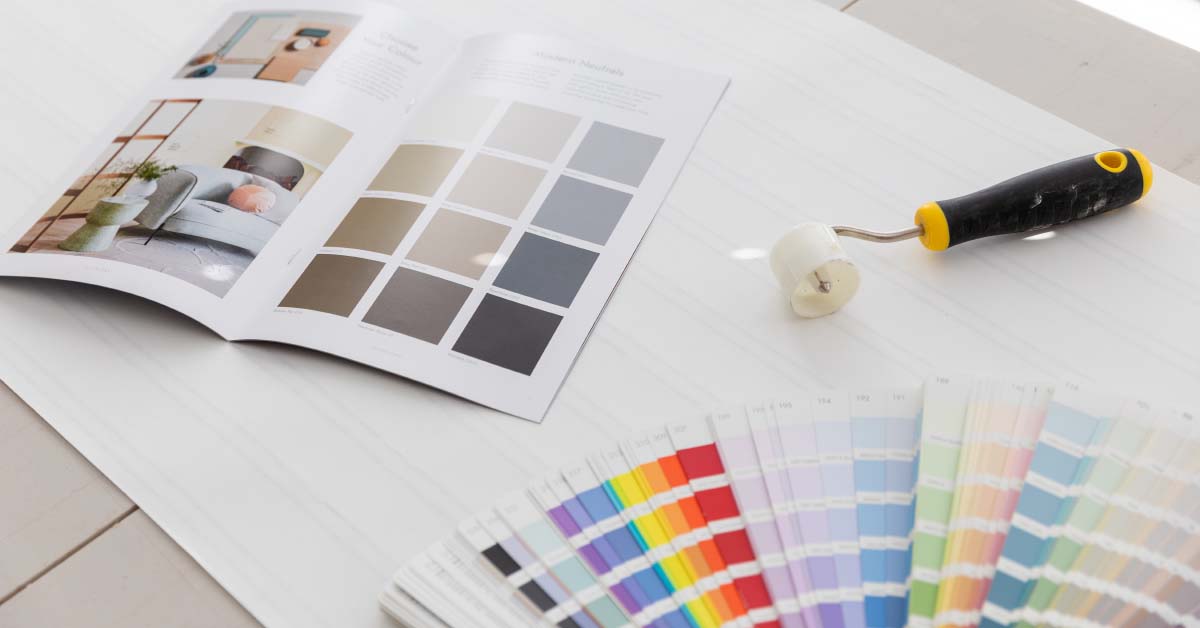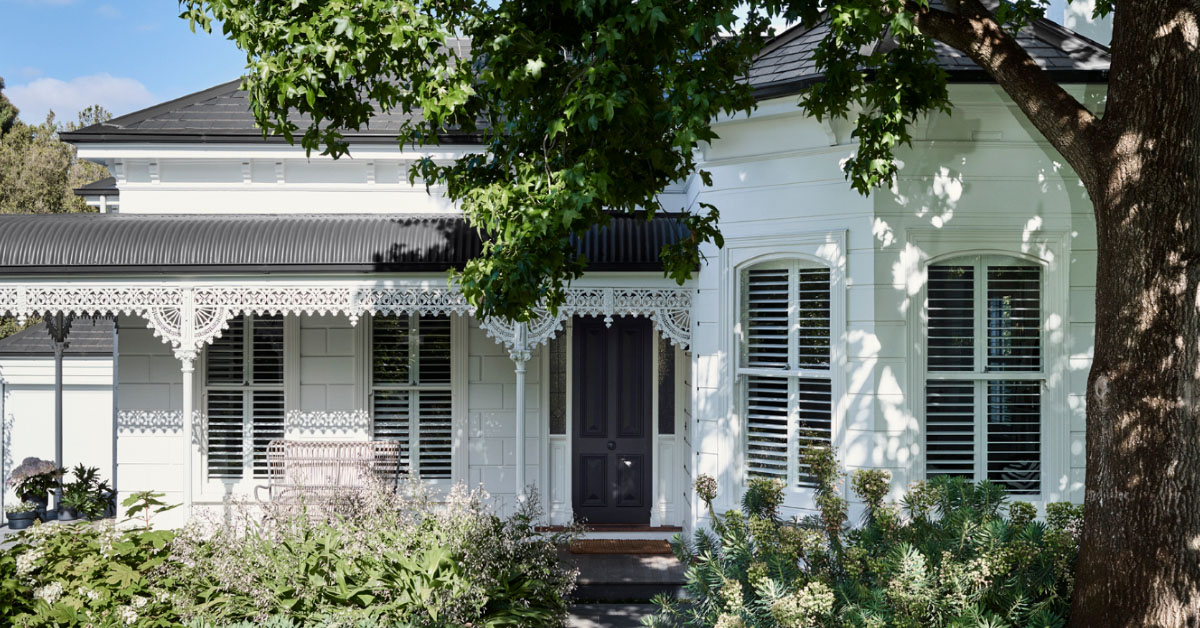Understanding Colour Theory for Your Home
You may have heard the term ‘Colour Theory,’ especially if you’re knee-deep in a renovation and trying to establish the perfect look and feel for your new home. Colour plays a crucial role in setting the tone and ambiance of a space, so making the right choice is essential.
Let’s talk colour theory. We won’t dive into overwhelming details, but we’ll give you enough knowledge so you can confidently choose a paint colour that works for you.
The Basics of Colour Theory
Primary Colours
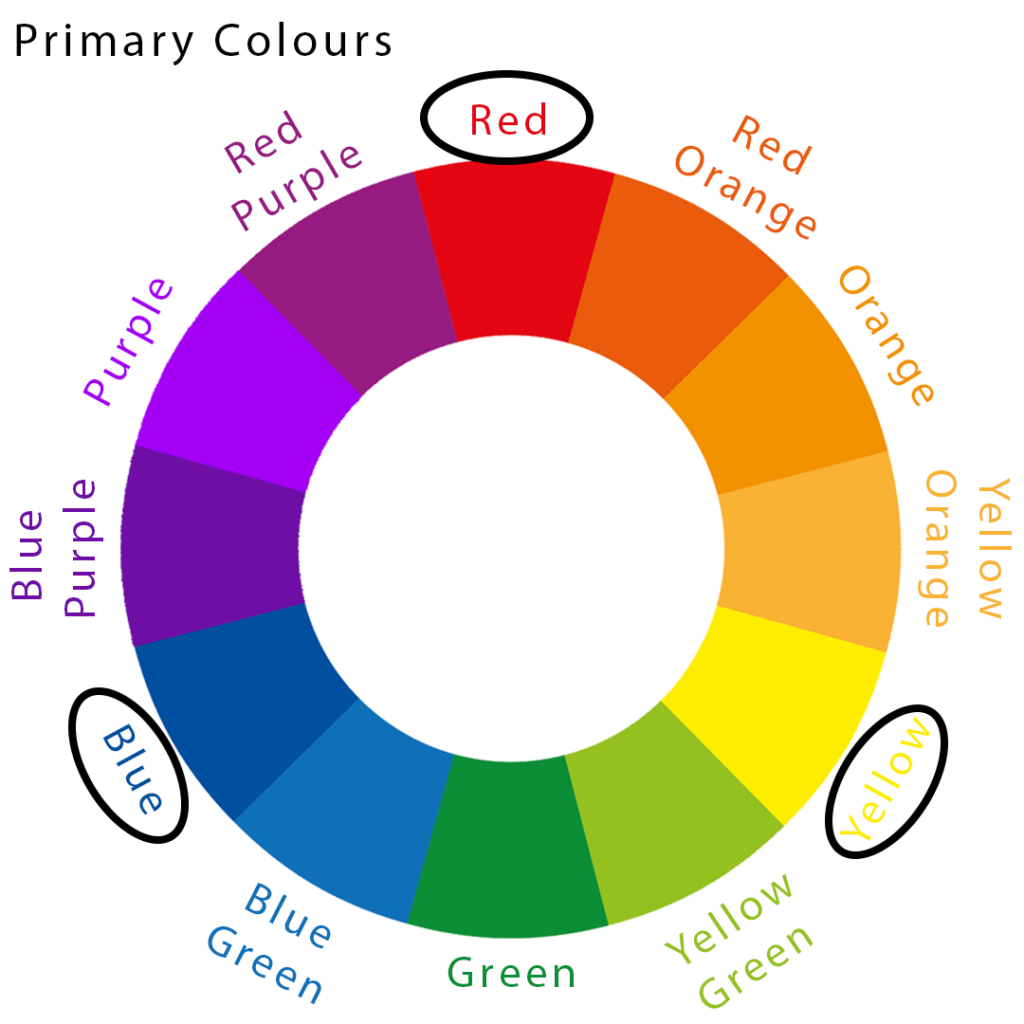
The foundation of all colour starts with three primary colours:
- Red
- Yellow
- Blue
These colours occur naturally and cannot be created by mixing other colours. Instead, they serve as the base for all other colours.
Secondary Colours
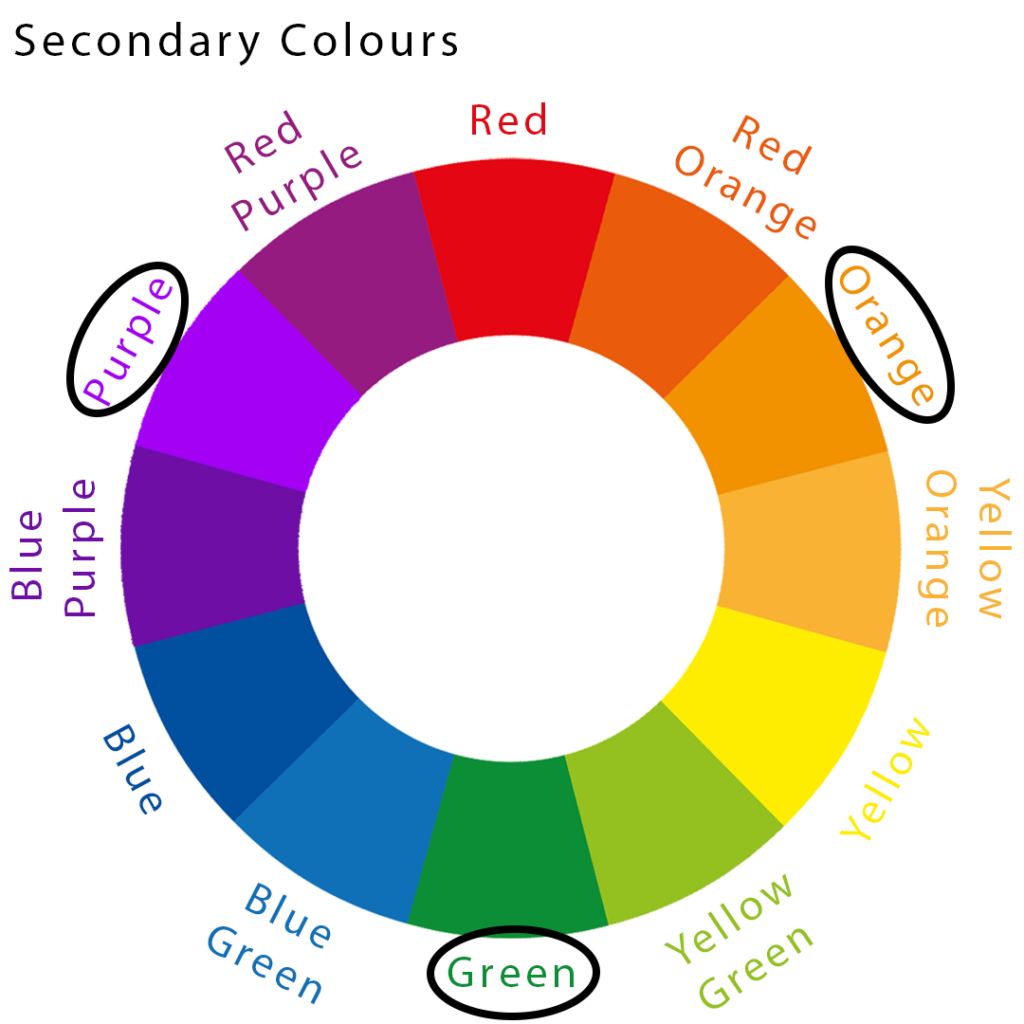
Secondary colours are created by mixing two primary colours:
- Red + Yellow = Orange
- Yellow + Blue = Green
- Blue + Red = Purple
Tertiary Colours
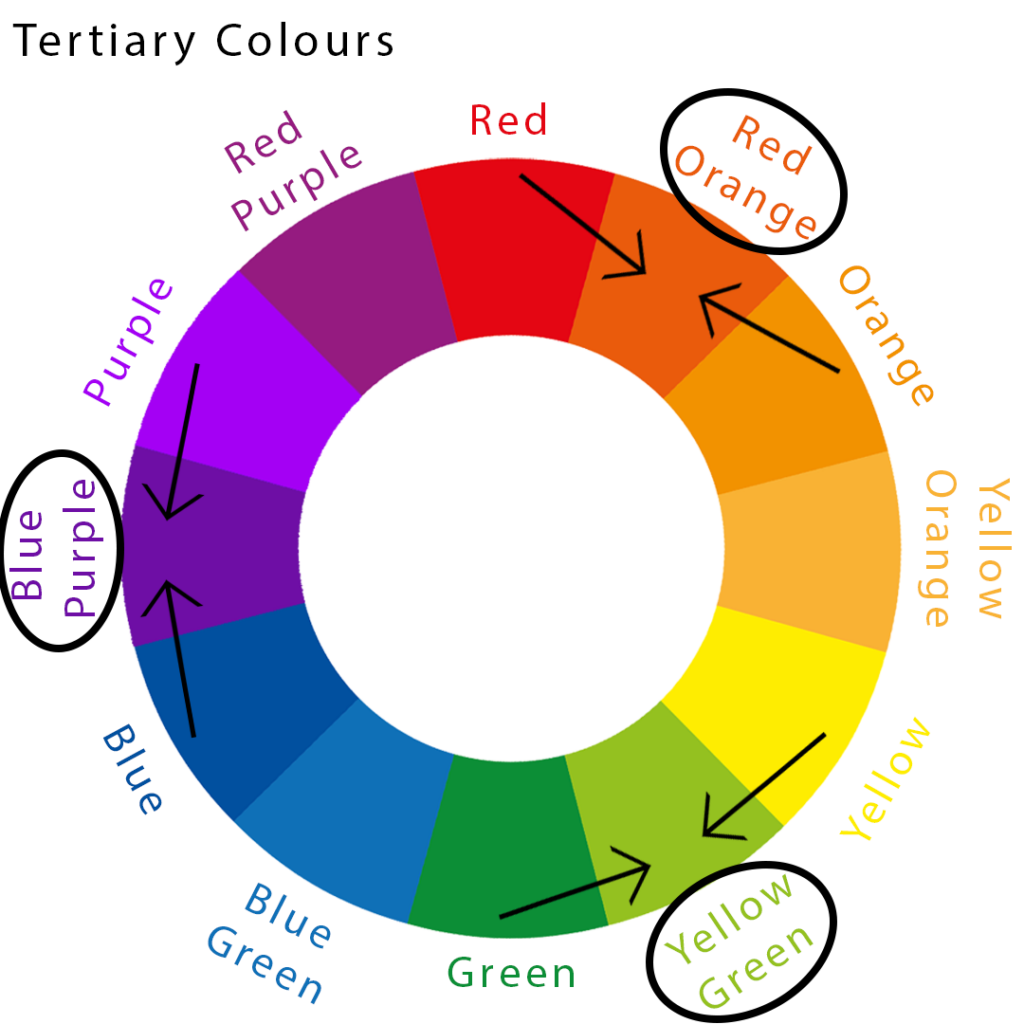
Tertiary colours are formed by mixing a primary colour with a neighbouring secondary colour. This results in six additional colours:
- Red-Orange
- Yellow-Green
- Blue-Purple
- Yellow-Orange
- Blue-Green
- Red-Purple
These combinations create a broader spectrum of colours that allow for endless design possibilities.
How to Use a Colour Wheel in Paint Selection
A colour wheel is a useful tool that visually organizes colours to show their relationships. Understanding how to use it will help you create a harmonious colour scheme for your space.
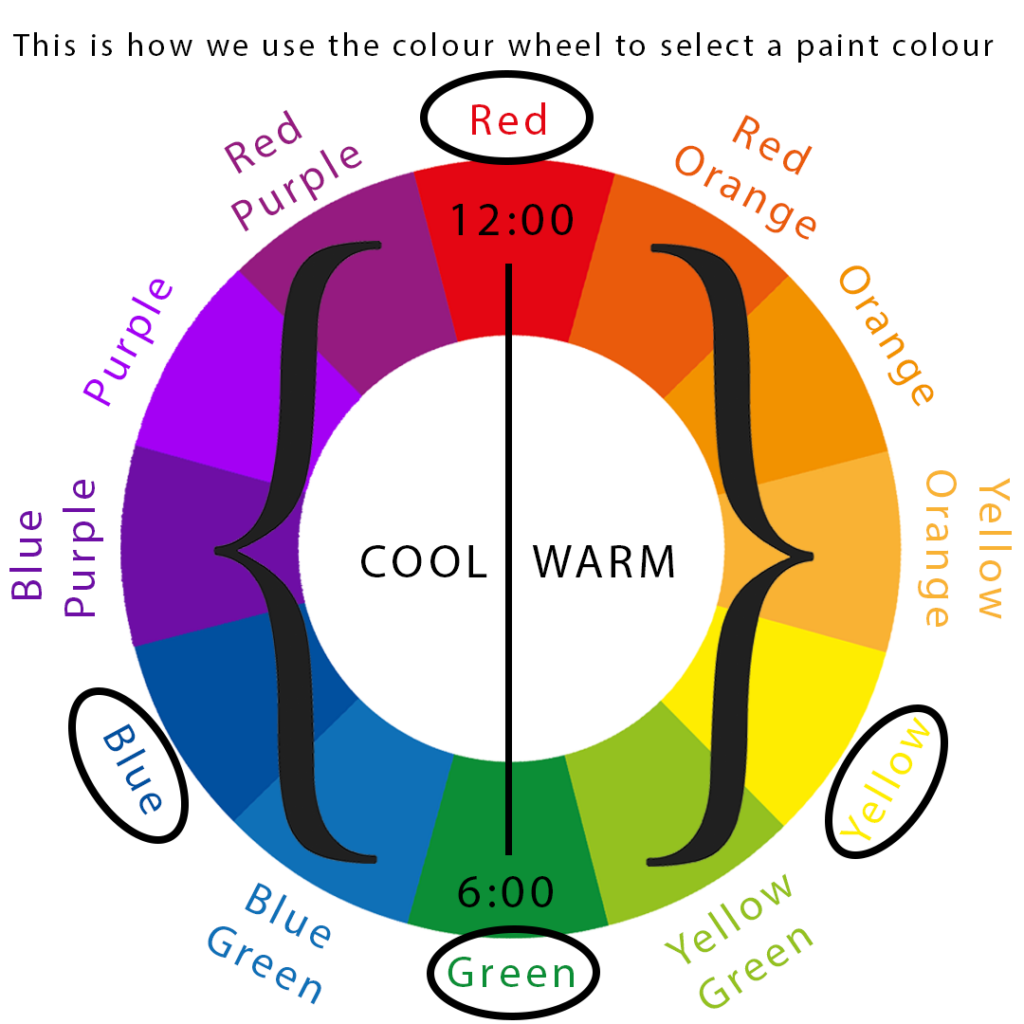
Warm vs Cool Colours
Imagine the colour wheel as a clock:
- Red is at 12:00
- Green is at 6:00
If you split the clock vertically, you get:
- Warm colours on the right (reds, oranges, yellows)
- Cool colours on the left (greens, blues, purples)
Interestingly, red and green sit at the center of this divide, meaning they can lean either warm or cool, depending on their variations.
How Colours Interact
Here’s where things get fun! If you take green and move two steps to the left, you get blue-green, which is considered a cool colour. If you move two steps to the right, you get yellow-green, which is considered a warm colour.
The same concept applies to red:
- Moving two steps left creates red-violet (cool tone)
- Moving two steps right creates red-orange (warm tone)
This understanding helps when selecting complementary colours for your walls, furniture, and decor.
The Golden Rule of Colour Theory
When choosing colours, never combine colours that are more than two spaces away from each other on the colour wheel. This simple rule will help you achieve a balanced and visually appealing colour scheme.
By following this method, you can:
- Identify whether a colour has a warm or cool undertone
- Determine how different shades interact
- Confidently select paint colours that enhance your space
Quick Cheat Sheet for Paint Selection
- Red, yellow, and blue are primary colours and the base for all others.
- Orange, green, and purple are secondary colours created from primaries.
- Tertiary colours blend primary and secondary colours for more variety.
- Warm tones (reds, oranges, yellows) create a cozy feel.
- Cool tones (blues, greens, purples) create a calming effect.
- Stick within two steps on the colour wheel to create harmony.
With this knowledge, you can walk into a paint store with confidence, knowing exactly what to look for in your perfect shade.
Need help selecting the right paint colour? Get in contact with us so we can help.
INSPIRING YOUR NEXT PROJECT
GET THE GUIDE
Callan Paining offers a specialist painting and decorating service. Led by Davie, a proud third generation painter, alongside a skilled team, you could say paint is in our blood. Download our guide to learn more about Callan Painting and Decorating.
A creative approacH, combined with a deep care for every customer and their vision is at the heart of what we do.
Get to know us better. Learn how we can work together on your next project.
LET'S GET ACQUAINTED
© Callan Painting 2024 | All rights reserved
Privacy Policy | Terms + Conditions
Site Design Seed Creative
© Callan Painting 2024 | All rights reserved | Privacy Policy | Terms + Conditions | Site Design Seed Creative
